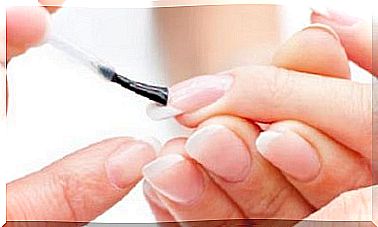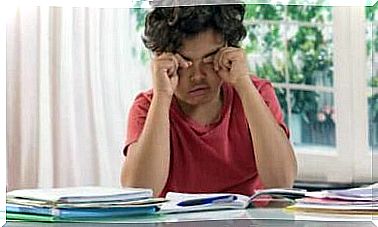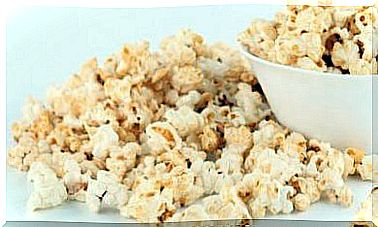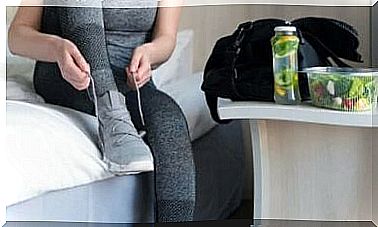How To Reduce The Use Of Plastic In Everyday Life?

Plastic is a material that is everywhere and that we use almost all the time. It is found in all kinds of objects, mainly packaging, construction materials, accessories, and even textile clothing and some cosmetic ingredients. However, it is possible to decrease the use of plastic.
Now, why is it necessary to reduce the use of plastic? In this article, we are going to delve into this topic and also propose some very practical measures so that you can start to reduce the presence of this material in your daily life.
Plastic and pollution
According to the well-known ecological organization Greenpeace, an amount of plastic equal to 1200 times the weight of the Eiffel Tower reaches the seas and oceans every year. That amount isn’t the only problem, it’s just part of it.
In fact, the most worrying aspect of plastic is that, once it’s out of use, it takes a long time to decompose. A plastic bottle can take up to 500 years to decompose, for example.
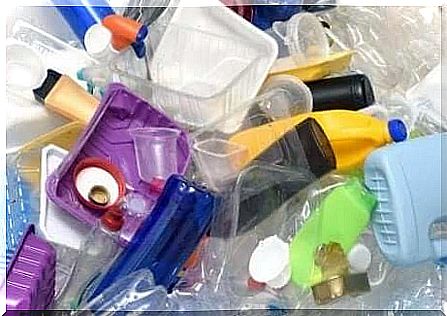
Since the world production of plastic is millions of tons per year, and we continue to acquire products of all types and discard them anywhere, the number of waste continues to increase.
Most plastic ends up spreading to seas and oceans around the world, seriously damaging ecosystems. The impact is dramatic, and while recycling the packaging is a good way to reduce the problem, in fact, it would be ideal to reduce daily consumption.
How to reduce the use of plastic?
The following measures are practical and very simple. They allow you to reduce the consumption of products made with plastic (containers, utensils, bags, etc.), with little effort and without feeling that something is missing.
Choose cloth bags over plastic bags at the supermarket
Since July 1, 2018, a very important measure has come into effect in Spain: it is prohibited to give free plastic bags to customers in several establishments. If someone requests one, they must pay a certain amount for it. This measure was also recently adopted in Brazil.
The aim is to raise awareness and help reduce plastic consumption. Likewise, this measure helps people to get used to carrying their own bags (of fabric or other materials) and to use them better. You don’t use it and throw it away as usual.
The bags tote gained great popularity and thanks to this, today you can find models with various types of design. Monochromatic, printed, plain, etc. There are bags for every taste!
However, there is still more. By 2021, non-biodegradable plastic bags will be completely banned. Especially the most toxic and fragmentable ones. This measure will not only be adopted in Spain, but in countries like Italy and France. The ultimate goal is to implement this law across the European Union.
Looking from the point of view of the economy of not having to pay for the bags, and also of ecological awareness, it is better to opt for cloth bags every time you go to the supermarket. In this way, you will be contributing to reduce your environmental impact.
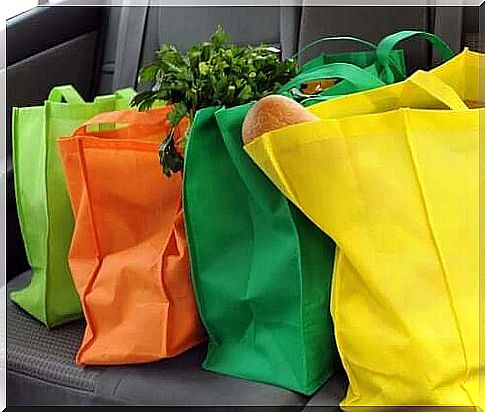
Buy in bulk and avoid excessive packaging
If you think about it, it ‘s even cheaper to buy in bulk : you only buy what you need and you can choose. Packaged products contain a lot of plastic (trays, wrappers, etc.) that ends up in landfills and in the seas and oceans.
When weighing your fruit, avoid wrapping it in a plastic bag. Instead, place the weight and price tag directly on the shell. Then, to take it home, you can put it in your tote bag .
Avoid cleaning products in plastic containers
To avoid using cleaning products and, when finished, throwing away your plastic containers, it is better to opt for other types of homemade and natural products.
For example, certain ingredients like soap, vinegar and baking soda have always been used for washing and cleaning. That way you’ll be using organic products, avoiding the use of extra plastic, and getting equally impeccable cleaning results.
Check the composition of your cosmetics
If you didn’t know, many creams and other beauty products contain plastic microspheres. Furthermore, they are the most dangerous for the environment, as they can be easily ingested by animals and end up poisoning them.
They are nylon , polyethylene and polypropylene microspheres that are normally present in creams and exfoliating products.
For this reason, it is better to opt for natural cosmetic products that do not include plastic among their components. Also, another good idea is to prepare your own homemade creams.
Recycle to reduce plastic usage
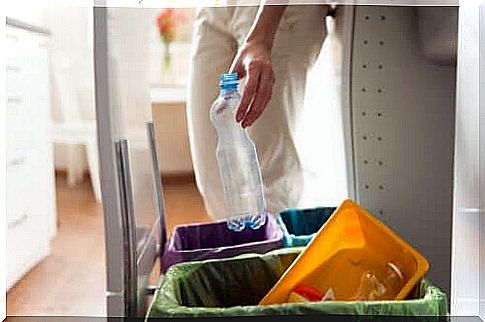
Sorting the trash is very easy. In one bin, put everything made of paper and cardboard, in another, plastic and aluminum, and glass in a different one. There are countries (like Switzerland) where they are a little more specific and separate plastic into PET, aluminum and other plastic containers.
However, in Spain, everything that is plastic must be taken to the yellow container to be recycled. According to Eurostat data, only 29.7% of the total waste is recycled in the country. This means that we are a long way from a deep awareness of the benefits of recycling.
Conclusion on reducing the use of plastic
By reducing the use of plastic, we will be greatly minimizing our environmental impact. Although we do not see that our action can make a difference, it is worth a lot and must be maintained over time. That way, the seas and oceans will be cleaner in the future. In addition, we will prevent the increase in plastic production and its CO2 emissions.
To achieve this, just change a few daily habits to effectively reduce the use of plastic in your life. You need to experiment with the smartest way to put the objects you already have to various uses.
